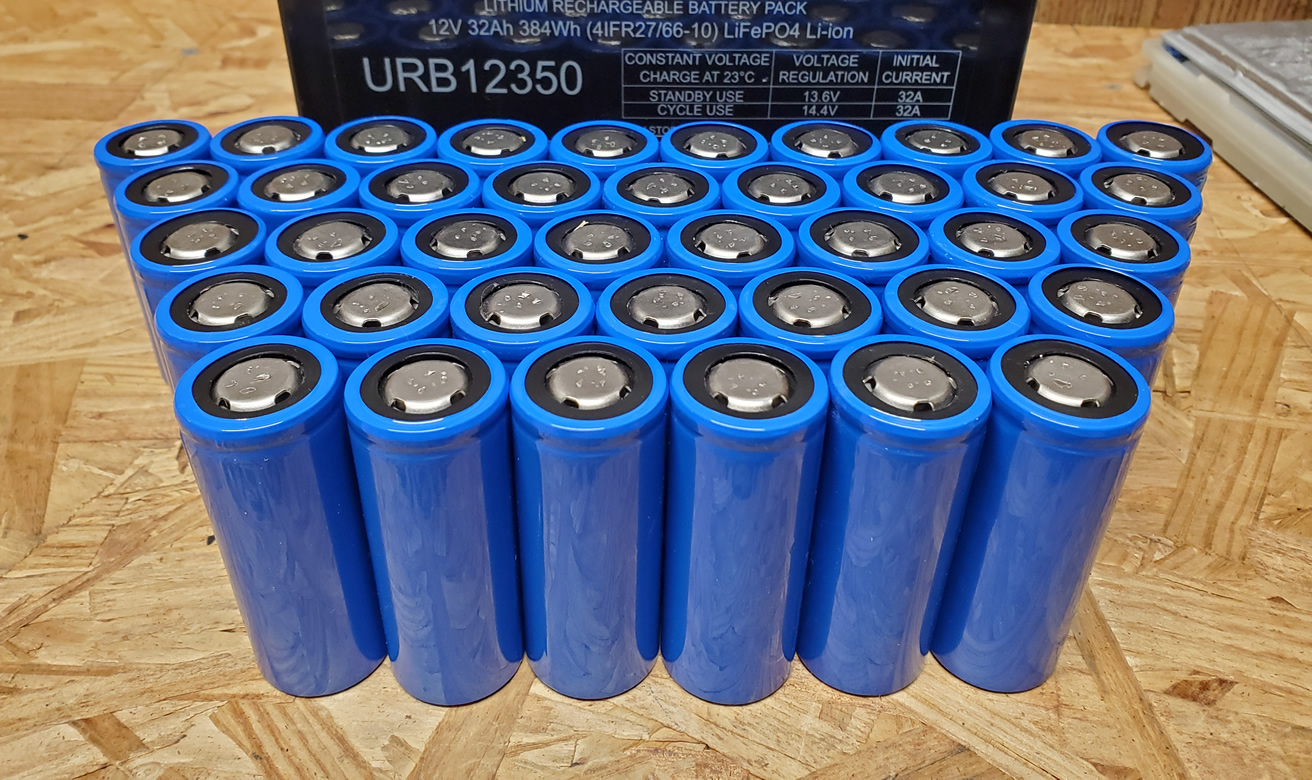i did search a bit but could not find what i was looking for.
after joining the forum, ive learned that most of the people on here are on another level when it comes to harvesting and testing... Seriously i never would have imagined people buying/building/testing batteries in the thousands.
Because of this, most people on here have dedicated equipment for the job.
i am just starting out and do not harvest nearly as much. (not enough for dedicated equipment).
so my question is: how do i capacity test 18650's with a multi meter and a resistor?
I understand the basics of it but im having a hard time with it.
right now, i have a bunch of Sanyo UR18650Y.
1st, i check voltage. > 2.5v
2nd, i charge them.
3rd, leave them alone for a week or two (sometimes a month if work gets in the way lol) and then measure voltage again to see if it drops.
Now heres my question, i have a bunch of nice DALE RH-50w 3ohm resistors that i use.
i connect 1 resistor across the battery and measure the voltage drop. The problem is that the voltage never settles, it just continues to drop. I think i calculated the current at 900mA.
Is that too much current/resistance? Should voltage stabilize? is there a better way?
the batteries are going into 2s packs for RC boats and not a power wall.
after joining the forum, ive learned that most of the people on here are on another level when it comes to harvesting and testing... Seriously i never would have imagined people buying/building/testing batteries in the thousands.
Because of this, most people on here have dedicated equipment for the job.
i am just starting out and do not harvest nearly as much. (not enough for dedicated equipment).
so my question is: how do i capacity test 18650's with a multi meter and a resistor?
I understand the basics of it but im having a hard time with it.
right now, i have a bunch of Sanyo UR18650Y.
1st, i check voltage. > 2.5v
2nd, i charge them.
3rd, leave them alone for a week or two (sometimes a month if work gets in the way lol) and then measure voltage again to see if it drops.
Now heres my question, i have a bunch of nice DALE RH-50w 3ohm resistors that i use.
i connect 1 resistor across the battery and measure the voltage drop. The problem is that the voltage never settles, it just continues to drop. I think i calculated the current at 900mA.
Is that too much current/resistance? Should voltage stabilize? is there a better way?
the batteries are going into 2s packs for RC boats and not a power wall.










